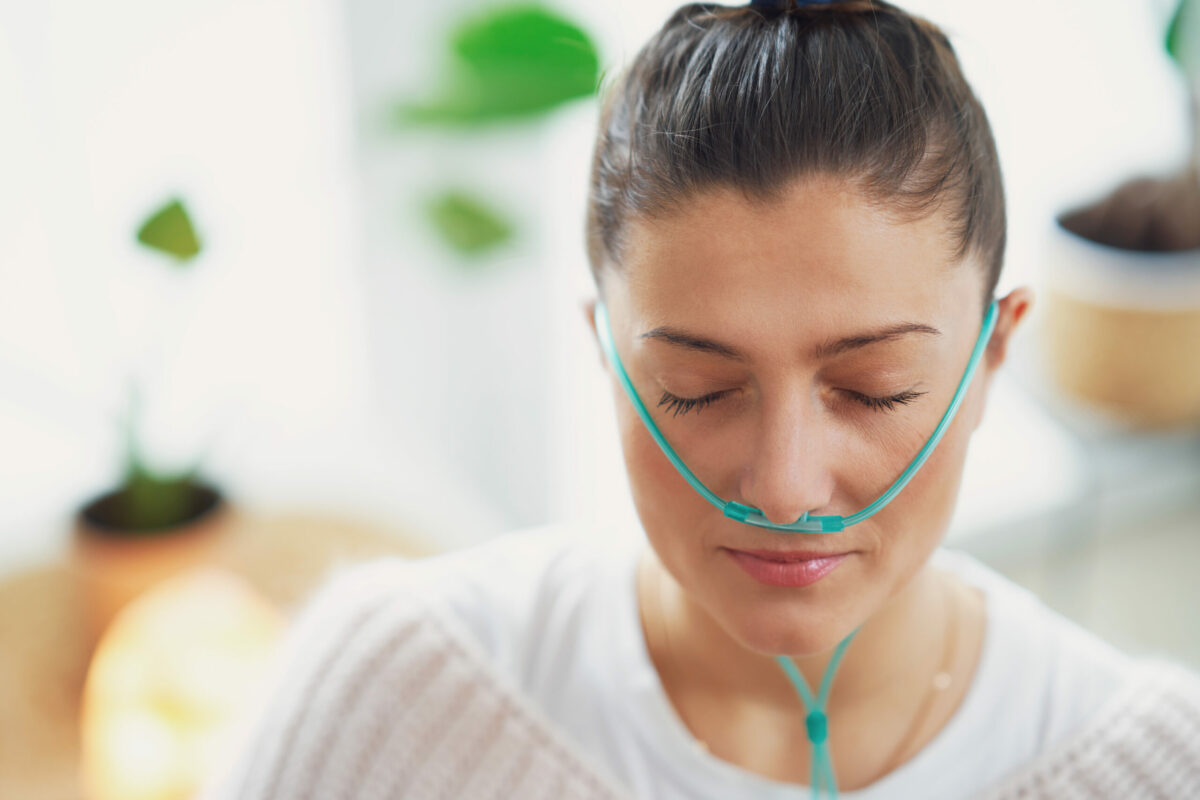A rare infectious disease that starts with flu-like symptoms and quickly progresses to a serious health condition is called Hantavirus pulmonary syndrome. It is also known as Hantavirus cardiopulmonary syndrome and it can cause serious problems with the heart and lungs.
There are different Hantavirus strains that provoke this syndrome. Commonly, this virus is carried by several types of rodents. The deer mouse is one of the most common carriers in the United States. However, humans get infected with this virus mostly by inhaling it from rodent droppings, saliva, or urine that become airborne.
However, a few treatment options are available to treat this infection. That’s why you should avoid contact with rodents and thoroughly clean up their habitats.
Symptoms
The infection usually begins within 3 weeks after getting in contact with Hantavirus. Experts classify this infection into two stages. Check below some symptoms that occur in the first stage:
When the disease progresses, it can cause lung and heart damage. As a result, you may experience more severe symptoms. These include:
- Cough
- Breathing problems
- Hypotension (low blood pressure)
- Irregular heart rate (arrhythmia)
If you experience symptoms that occur in the first stage, you should visit a doctor immediately because symptoms often worsen suddenly and can become dangerous.
Causes
Rodent Carriers
This health condition appears only in the North and South America. Moreover, each strain of Hantavirus has a preferred rodent carrier. People usually get the infection in the U.S. from deer mice. Most diagnosed cases of Hantavirus pulmonary syndrome are in the states west of the Mississippi River.
Rice rats and cotton rats are Hantavirus carriers that can infect people more in the Southeast and white-footed mice in the Northeast. In South America, Hantavirus carriers include rice rats and the vesper mouse.
How is it Transmitted to Humans?
Hantavirus usually is present in rodent feces, urine, or saliva. You can get infected with this virus in the following ways. For example:
- Inhaling viruses – This is one of the most common transmission ways because the urine and saliva can become airborne.
- Eating food – In case you consume food with mouse saliva, you also can get the virus.
- Touching – Some people can touch things that are contaminated with mice saliva (such as a nest) and after that nose, eyes, or mouth.
- Bites and Scratches – Rodent scratches and bites also can transmit the infection.
In addition, it is found a case where the virus passes from person to person in South America known as the Andes virus.
What Are The Effects of The Virus?
When a person gets infected and Hantavirus reaches the lungs it negatively affects small blood vessels (capillaries) and provokes them to leak. As a result, the lungs are filled with fluid (pulmonary edema) and cause severe problems in the heart and lungs.
Hantavirus strains can provoke other health problems. These include hemorrhagic fever with renal syndrome that leads to kidney disease. In addition, some Hantavirus types are also carried by certain animals in Africa, Asia, and Europe.
Risk Factors
The Hantavirus pulmonary syndrome happens mostly in rural areas in the West of the United States. Every time you contact with rodent habitats, you are at risk of getting the virus. Check below some common sites where you people get in contact with rodent nests:
- Farm buildings
- Infrequently used buildings (including storage sheds)
- Campers or seasonal cabins
- Basements or attics
- Campsites or hiking shelters
- Construction sites
Check below some activities that could also increase your risk of getting Hantavirus:
- Field working (including construction, utility work, pest control, and farming)
- People who clean rodent nests without any precautions
- Cleaning buildings that are not used for long periods
Complications
The death rate caused by Hantavirus strains carried by deer mice ranges between 30%-50%. A common complication that usually appears suddenly is the failure of the heart to supply the body with oxygen.
Is it Possible to Prevent Hantavirus Pulmonary Syndrome?
It is advised to keep rodents out of the home and workplace because it will help to prevent getting Hantavirus. Check below some additional tips:
- Block access – It is advised to seal thoroughly all holes because mice can pass through a hole of 6 millimeters wide (1/4 inch). To seal the holes you can use wire screening, steel wool, metal flashing, or cement.
- Close the food buffet – Every time wash dishes, clean counters, and floors, and store your food (including that for pets) in rodent-proof containers.
- It is also advised to reduce nesting material including clear brush and grass.
- Set traps – You can set traps along baseboards but be careful when using poison-bait traps because they can cause damage to pets and humans as well.
- It is also recommended to store woodpiles or compost bins away from the house.
- Air out unused spaces – Regularly open up and air out cabins, campers, or any infrequently used buildings. It is done because the buildings can contain infected air.
Diagnosis
Doctors often diagnose this health problem using blood tests to check for antibodies that appear to be a Hantavirus. Physicians can also perform some additional tests to exclude other health conditions with similar symptoms.
Treatment
The treatment options used in the treatment of Hantavirus pulmonary syndrome are limited. However, immediate hospitalization, early diagnosis, and support for breathing can improve the condition.
Supportive Therapy
In severe cases of Hantavirus pulmonary syndrome, people need treatment in an intensive care unit right away. It involves intubation and mechanical ventilation that help to support breathing and remove fluid buildup in the lungs.
Blood Oxygenation
Extracorporeal membrane oxygenation (ECMO) is a treatment option also used in people with severe forms of Hantavirus. However, it helps to ensure enough supply of oxygen. This procedure involves a continuous pumping of blood through a machine that helps to remove carbon dioxide and give oxygen. Thereafter, the blood goes back to the body.
Frequently Asked Questions
What are the primary symptoms of Hantavirus pulmonary syndrome?
Those who suffer from this condition usually experience the following symptoms. For example:
- Body aches
- Fever
- Dry cough
- Headaches
- Abdominal pain
- Diarrhea
If you experience any of the previous symptoms, immediately visit a doctor.
What are the possible complications of Hantavirus pulmonary syndrome?
If you ignore this health condition, it may lead to some life-threatening complications. These include shock and failure of different organs (such as the heart) and even death. Talk with your doctor if you suspect you have this disease.
What is the death rate of the Hantavirus pulmonary syndrome?
This virus has a 38% death rate. Immediately visit a doctor if you experience even first-stage symptoms because they quickly worsen. Not getting medical care immediately, can lead to death. However, if you have other questions, ask your healthcare provider.




